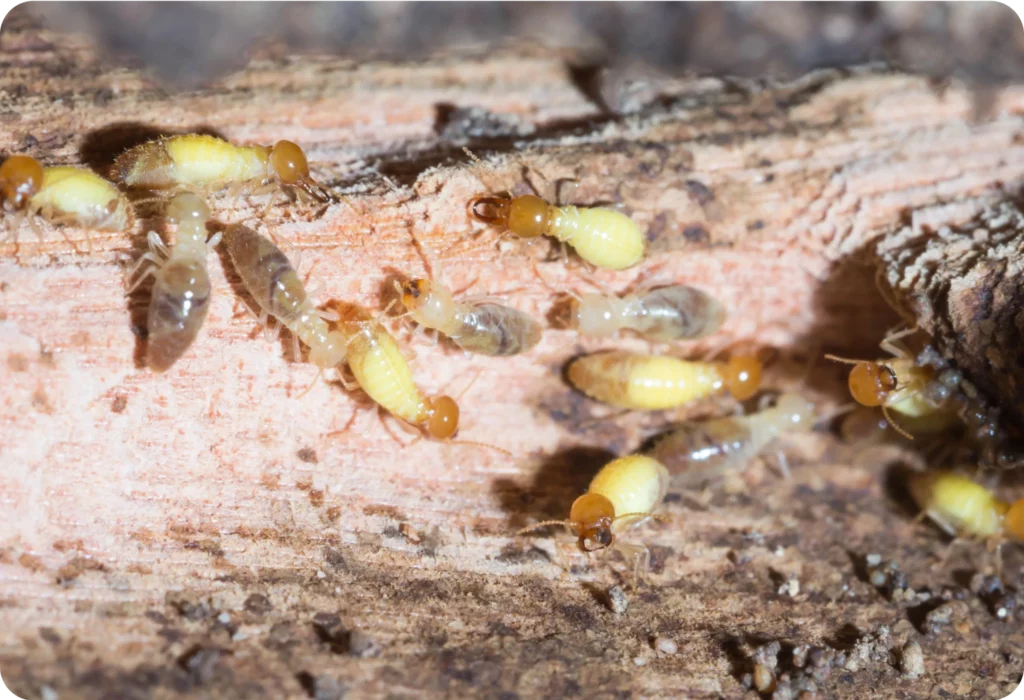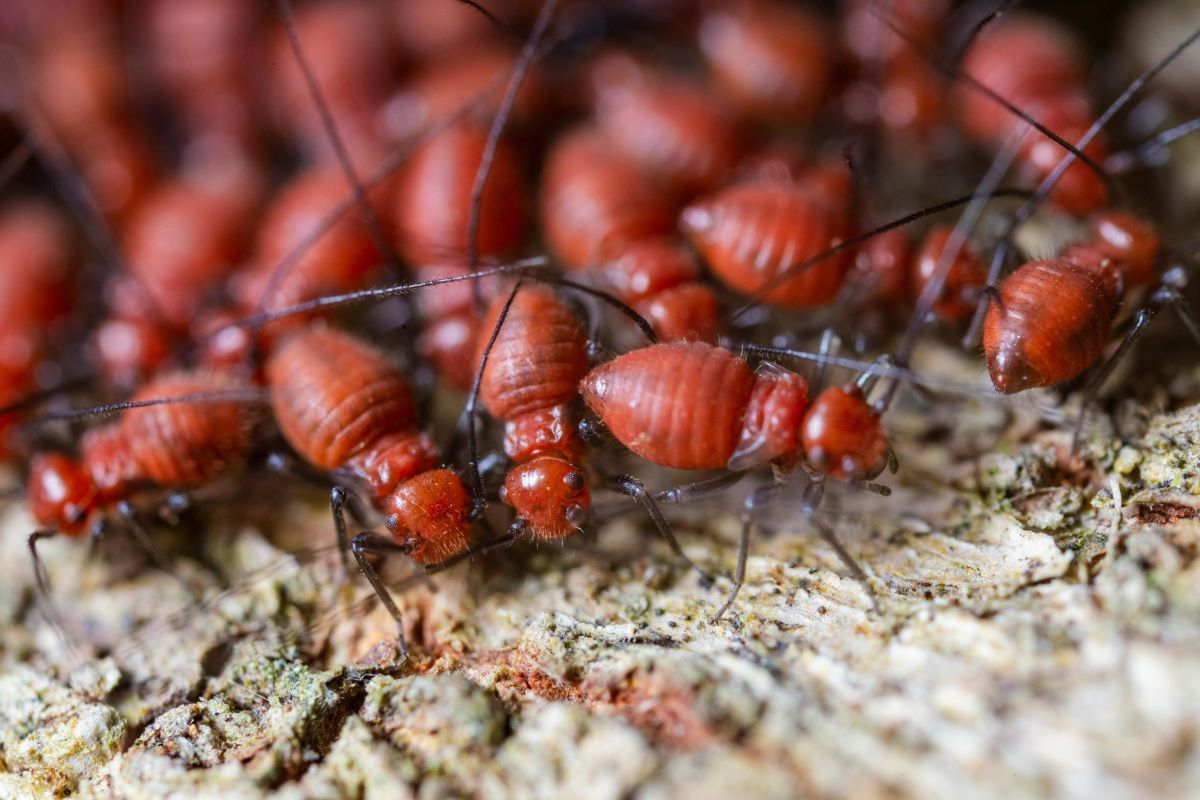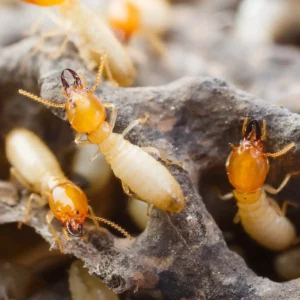Termites, often referred to as the ‘silent destroyers’, pose a significant threat to properties in Sydney. With a climate that is particularly conducive to termite activity, property owners must be vigilant in protecting their investments. This article delves into the reasons why termite control is essential for property owners in Sydney, exploring the nature of termite infestations, the potential damage they can cause, and effective prevention and treatment strategies.
Understanding Termites and Their Behaviour
Termites are social insects that live in colonies, often numbering in the thousands. They primarily feed on cellulose, which is found in wood, paper, and other plant materials. In Sydney, the most common species include the Eastern Subterranean termite and the Formosan termite, both of which are notorious for causing extensive damage to wooden structures.
Termites thrive in warm, humid environments, making Sydney’s climate ideal for their proliferation. They are often active year-round, which means that property owners cannot afford to be complacent. Understanding their behaviour is crucial for effective management and control.
Life Cycle of Termites
The life cycle of a termite consists of several stages: egg, nymph, and adult. The queen termite can lay thousands of eggs, leading to rapid colony growth. Nymphs mature into workers, soldiers, or reproductive adults, each playing a specific role within the colony. The worker termites are responsible for foraging for food and building the nest, while soldiers protect the colony from threats.
This rapid reproduction and division of labour make termite colonies particularly resilient and difficult to eradicate once established. Property owners must be proactive in monitoring for signs of infestation to prevent extensive damage.
Signs of Termite Infestation
Identifying a termite infestation early can save property owners significant time and money. Common signs include:
- Wood Damage: Hollow-sounding wood or visible tunnels in wooden structures can indicate termite activity.
- Frass: Termite droppings, resembling small pellets, can often be found near infested areas.
- Swarmers: Winged termites, or swarmers, are often seen during mating season, typically in spring.
- Mud Tubes: Termites build mud tubes to protect themselves while travelling between their nest and food sources.
Regular inspections and awareness of these signs can help property owners take timely action against infestations.
The Cost of Termite Damage
The financial implications of a termite infestation can be staggering. According to the CSIRO, termites cause over $1 billion in damage to Australian homes each year. This figure highlights the importance of best termite control sydney as a preventive measure for property owners.
Repairing termite damage can be both costly and time-consuming. Structural damage may require extensive renovations, and in some cases, entire sections of a property may need to be replaced. Additionally, the emotional toll of discovering an infestation can be significant, as property owners grapple with the stress of potential loss.
Insurance and Termite Damage
Many property insurance policies do not cover damage caused by termites, as infestations are often considered preventable. This lack of coverage means that property owners are financially responsible for any repairs needed due to termite damage. It is crucial to understand the terms of your insurance policy and to consider investing in regular termite inspections and treatments to mitigate risks.
Long-term Financial Benefits of Prevention
Investing in termite control measures can lead to significant long-term savings. Regular inspections and preventative treatments can help identify potential issues before they escalate into costly repairs. Furthermore, maintaining a termite-free property can enhance its market value, making it more attractive to potential buyers. Read more about pesticide classes and associated hazards.
Effective Termite Control Strategies
Implementing an effective termite control strategy involves a combination of prevention, monitoring, and treatment. Property owners should consider the following approaches:
Prevention Measures
Preventing termite infestations starts with understanding the risks associated with your property. Here are some key prevention measures:
- Reduce Moisture: Termites are attracted to moisture. Ensure proper drainage around your property and fix any leaks promptly.
- Remove Wood Debris: Clear away any dead trees, stumps, or wood piles near your home, as these can serve as breeding grounds for termites.
- Seal Entry Points: Inspect your property for cracks and gaps in the foundation, walls, and around windows and doors, sealing them to prevent termite entry.
- Use Termite-Resistant Materials: When building or renovating, consider using materials that are less susceptible to termite damage, such as steel or concrete.
Regular Inspections
Scheduling regular termite inspections with a qualified pest control professional is essential for early detection. These inspections typically involve a thorough examination of both the interior and exterior of the property, including basements, attics, and crawl spaces. A professional can identify signs of infestation and recommend appropriate treatment options.
Many pest control companies offer annual inspection plans, which can provide peace of mind for property owners. These plans often include preventative treatments, ensuring that your property remains protected against termites.

Treatment Options
If an infestation is detected, several treatment options are available:
- Liquid Termiticides: These are applied to the soil around a property to create a barrier that prevents termites from entering.
- Baiting Systems: Bait stations are placed around the property to attract termites. Once consumed, the bait disrupts the termite colony’s growth and reproduction.
- Fumigation: In severe cases, whole-structure fumigation may be necessary. This involves sealing the property and introducing a gas that penetrates all areas to eliminate termites.
Consulting with a pest control professional can help determine the most effective treatment strategy based on the severity of the infestation and the specific circumstances of your property. Click here to get more about termite removal: what Sydney residents need to know.
Conclusion
Termite control is not just an option for property owners in Sydney; it is an essential aspect of property maintenance. With the potential for significant damage and financial loss, proactive measures are crucial. By understanding termite behaviour, recognising signs of infestation, and implementing effective prevention and treatment strategies, property owners can safeguard their investments and ensure the longevity of their homes.
Investing in termite control not only protects your property but also provides peace of mind, allowing you to enjoy your home without the looming threat of termite damage. Regular inspections and professional treatments are key components in maintaining a termite-free environment, making it a wise investment for any property owner in Sydney.


